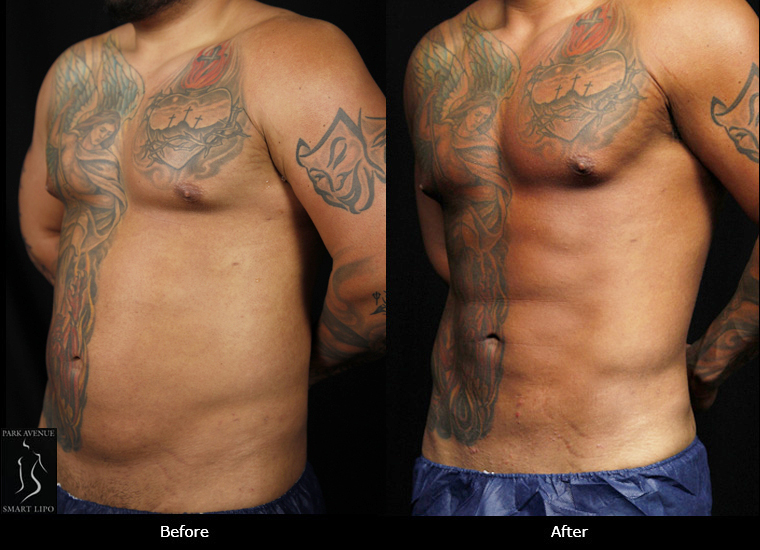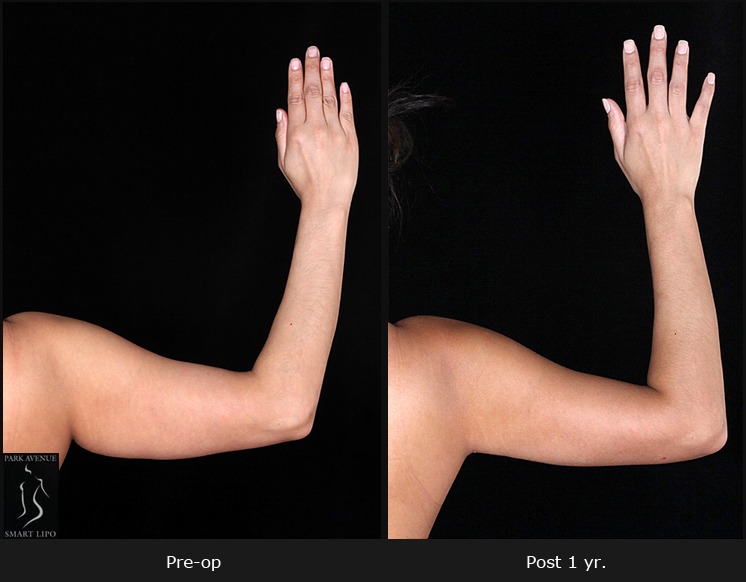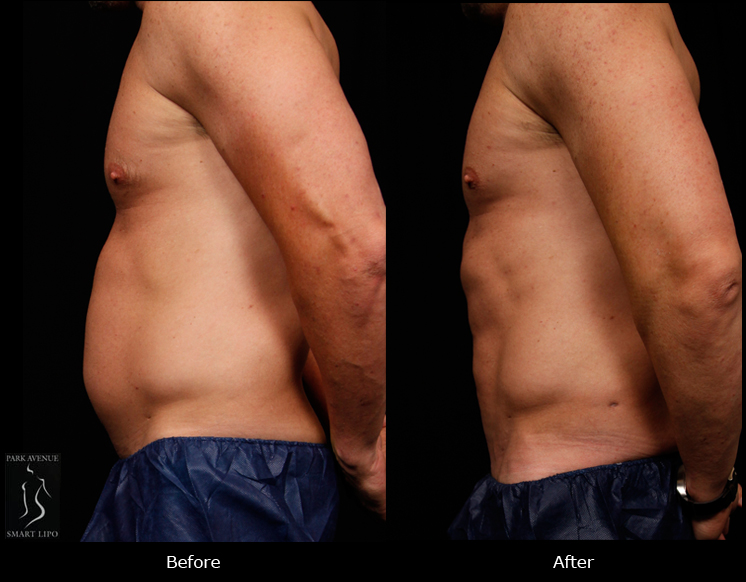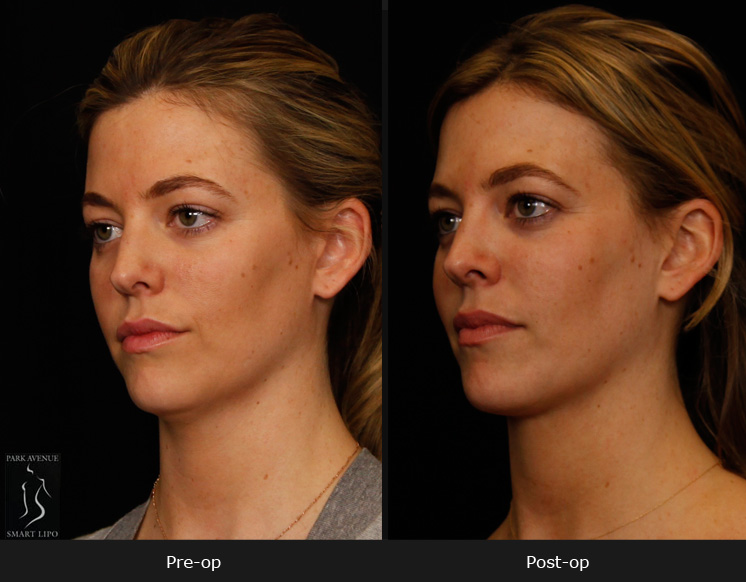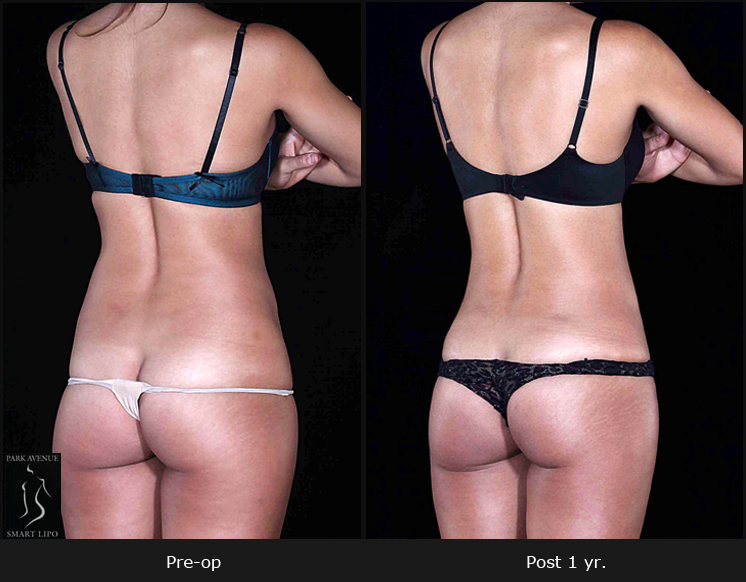Liposuction is the gold standard for removing stubborn, unwanted fat pockets. According the American Society of Plastic Surgeons (ASPS), liposuction ranked second among the five top procedures in 2017, a 5% increase from 2016. Each year, plastic surgeons who offer liposuction in New York City utilize the possibilities of advanced technologies such as laser-assisted Smartlipo Triplex to help men and women achieve their body contouring goals. Laser lipolysis is minimally invasive treatment, avoiding the side effects and downtime associated with traditional liposuction surgery.
Conventional liposuction involves surgery and requires general anesthesia to remove unwanted fat. However, laser liposuction is usually performed using local anesthesia. Nevertheless, a common concern among prospective patients is regarding the number of sessions required for laser liposuction. One candidate posted this question on the RealSelf platform: “How many sessions are usually recommended for laser lipo? I’m still trying to figure out how this works?”
Replying to the question, one plastic surgeon points out that the maximum amount to fat that can be removed in the United States is 5 liters. Therefore, the number of sessions required would depend on how much fat is planned to be removed and whether the patient prefers general anesthesia or local anesthesia.
Other experts explain that laser liposuction is designed to be a one-time treatment and only one session would be needed to contour the body. However, the number of sessions actually required would depend on many factors:
- The patient’s body type and how much of fat there is in each area that is to be treated.
- Whether fat has to be removed from multiple body areas, in which case additional surgical sessions may be necessary.
- If any one of the areas has a particularly large volume of fat – in this case, a subsequent follow-up or touch-up session may be needed to obtain a better result, which is usually done 4-6 months following the initial procedure.
- In cases of massive overweight, the procedure will have to be scheduled in more than one session.
Smartlipo in NYC is usually performed using local anesthesia (tumescent). However, there is a limit to the local anesthetic that can be given in any one session, and that may limit the area that can be treated. Fat removed through Smartlipo treatment is permanent and good candidates need only one treatment to see full results, with outcomes improving over two to six months. However, to stay in the shape after the treatment, you need to maintain a stable weight by eating right and exercising regularly.
If you are considering laser liposuction in New York City, find an AAAASF-accredited plastic surgery center that offers the service of plastic surgeons who are experts in this procedure. The key benefits of choosing the right practice are:
- Focus on safety
- Optimal fat removal and skin tightening effects
- Less swelling, bleeding and bruising than traditional liposuction
- Low risk of complications
- Reduced treatment time and patient downtime
- Quick healing and speedy recovery
- Minimal scarring, pain and discomfort
A reliable surgeon will evaluate your goals as well as considerations and provide customized treatment to help you achieve attractive outcomes.

